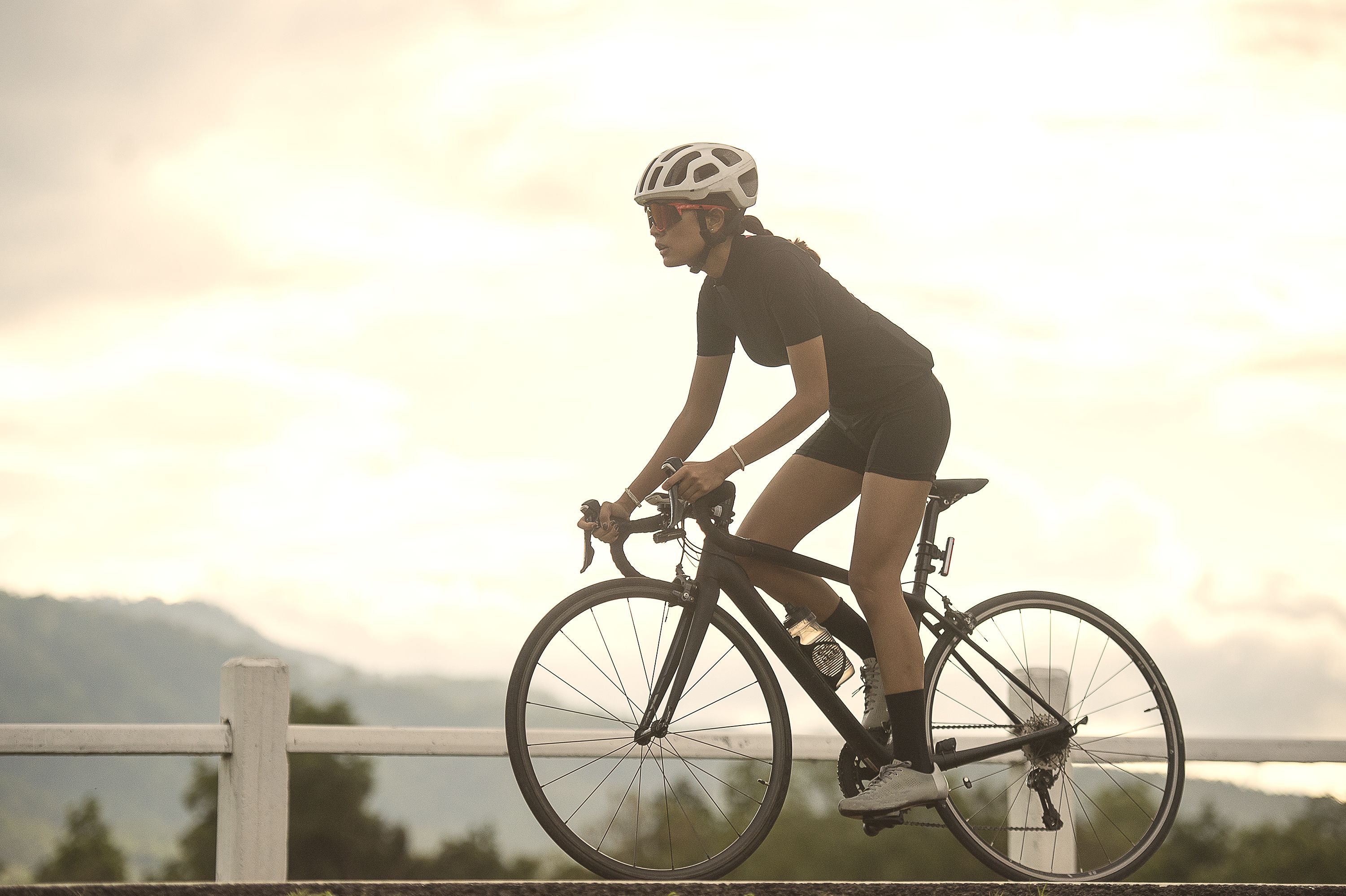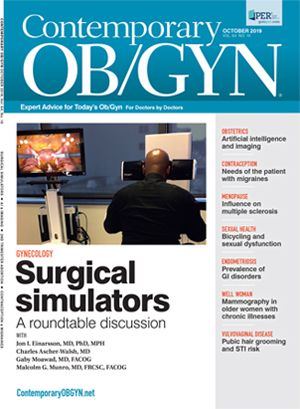Female cyclists and sexual dysfunction
A recent study examined how bicycle seats may play a role in the prevalence of sexual dysfunction among female adult bicyclists.
©skaman306 - stock.adobe.com

Female adult bicyclists who reported genital pain and genital numbness were much more likely to have sexual dysfunction than those who did not report the symptoms, according to a study in The Journal of Sexual Medicine.
“Bicycle seat pressure on the perineum may impair arousal and clitoral erection, likely contributing to genital pain and numbness experienced by female cyclists,” wrote the study authors from Stanford University School of Medicine and the University of California, San Francisco.
A total of 335 female cyclists participated in the study, of whom 178 (58.1%) completed an online survey using the Female Sexual Function Index (FSFI). The average age of all participants was 48.1 years and the average riding experience of survey participants was 17.1 years, mostly using a road bike (98.1%). Overall, 53.9% of survey participants met the diagnostic criteria for female sexual dysfunction (FSD), along with 58.1% reporting genital numbness and 69.1% reporting genital pain.
Women over age 60 (comprising 22.7% of the survey population) were less likely to report numbness during their ride (odds ratio [OR] 0.3; 95% confidence interval [CI]: 0.1 to 0.9; P = 0.02). On the other hand, cyclists who rode an average of over 10 hours per week were more likely to report pain (OR 2.4; 95% CI: 1.1 to 5.2; P = 0.03). But cyclists using a wide-cut saddle were less likely to report pain (OR 0.3; 95% CI: 0.1 to 0.8; P = 0.02).
Women who reported experiencing genital numbness at least half the time while cycling were significantly more likely to have FSD (adjusted OR [aOR] 6.0; 95% CI: 1.5 to 23.6; P = 0.01), particularly if localized to the clitoris (aOR 2.5; 95% CI: 1.2 to 5.5; P = .02), after adjusting for age, body mass index, relationship status, smoking history, comorbidities and average time spent cycling per week.
Women who reported genital pain half the time or more while cycling also were much more likely to have FSD (aOR 3.6; 95% CI: 1.2 to 11.1; P = .02). In addition, cyclists experiencing genital pain within the first hour of riding were more likely to have FSD (aOR 12.6; 95% CI: 2.5 to 63.1; P = .002).
“Analysis of FSFI domains found that the frequency of numbness was correlated with decreased arousal, orgasm, and satisfaction during intercourse, whereas the frequency of pain significantly reduced arousal, orgasm, and genital lubrication,” wrote the authors.
However, average distance cycled per week, average time riding per week, years of riding experience and number of long rides (at least 3 hours in duration) per month did not significantly correlate with any of the FSFI domains.
A limitation of the study is its cross-sectional survey design. The authors said future studies are needed to determine if alleviating genital pain and numbness while cycling can reduce the impact of cycling on FSD.
Meanwhile, researchers and bicycle manufacturers are increasingly developing ergonomic saddles and cycle modifications to reduce genital pain and numbness. Using a correct bicycle size with a professional fitting and standing in the saddle have also shown to have a modest benefit on genital discomfort.

FDA approves Visby’s test for at-home STI identification
Published: March 28th 2025 | Updated: March 28th 2025The FDA has approved Visby Medical’s at-home sexually transmitted infection test, allowing women to screen for chlamydia, gonorrhea, and trichomoniasis without a prescription.
Read More
In this episode of Pap Talk, Gloria Bachmann, MD, MSc, breaks down what it means to be a health care provider for incarcerated individuals, and explores the specific challenges women and their providers face during and after incarceration. Joined by sexual health expert Michael Krychman, MD, Bachmann also discusses trauma-informed care and how providers can get informed.
Listen
